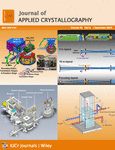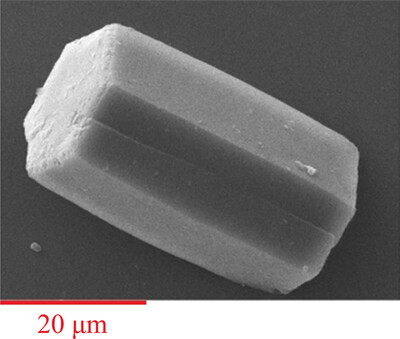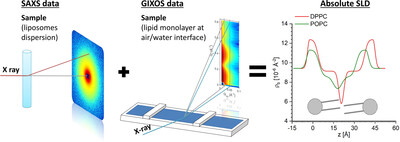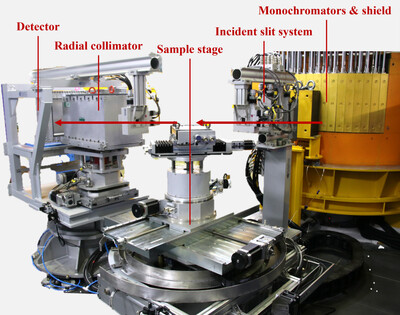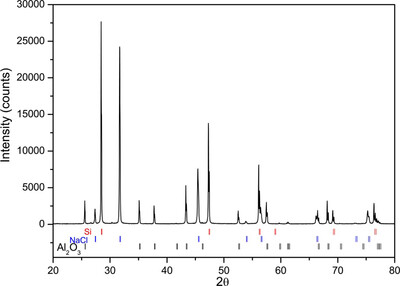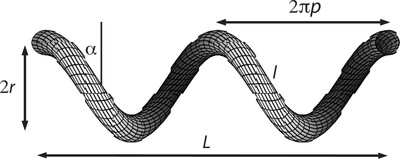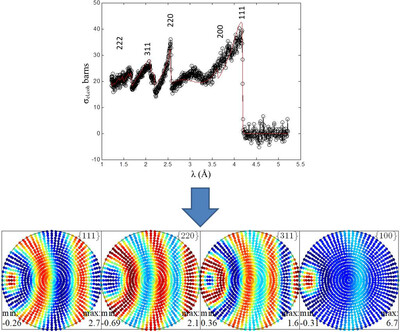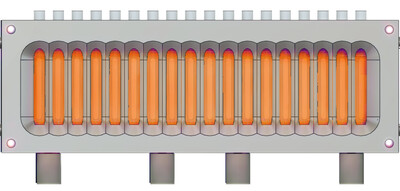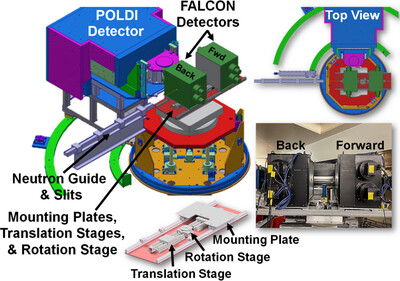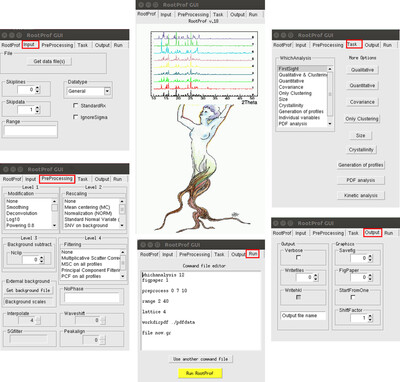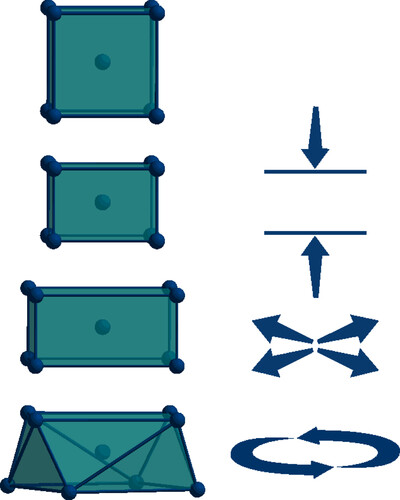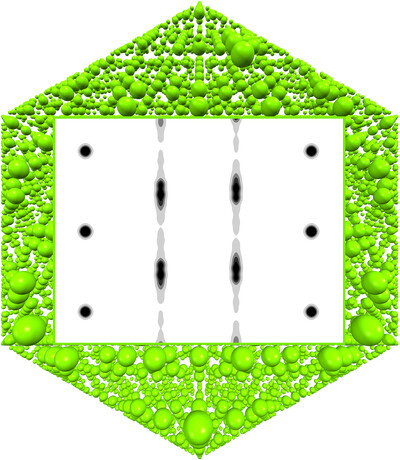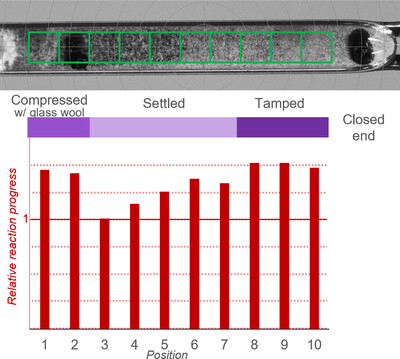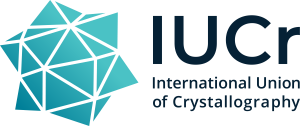Journal list menu
Export Citations
Download PDFs
editorial
Introduction to the special issue related to the 18th International Small Angle Scattering Conference (SAS2022)
- Pages: 1616-1617
- First Published: 01 December 2023
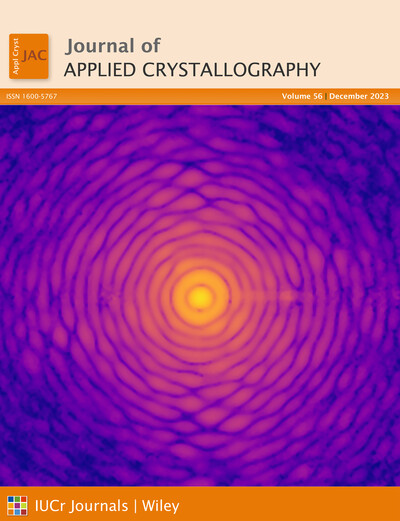
A new virtual special issue highlights some of the most exciting work presented at the 18th International Small Angle Scattering Conference (SAS2022), which took place in Campinas, Brazil. The articles included here were originally published in recent regular issues of Journal of Applied Crystallography and Acta Crystallographica Section D. The SAS2022 special issue is available at http://journals.iucr.org/special_issues/2023/sas2022/.
research papers
The human factor: results of a small-angle scattering data analysis round robin
- Pages: 1618-1629
- First Published: 31 October 2023
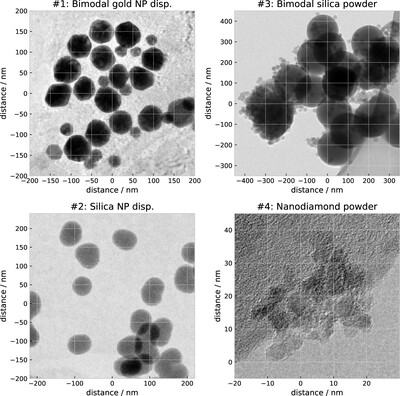
A data-analysis round robin was performed using four real-world datasets to quantify the role of the human factor in analysis; the 46 responses show that the analyses by different researchers and laboratories may not be directly comparable, with large reporting inconsistencies in distribution widths and volume fractions. Several underlying causes for these inconsistencies are highlighted that can be addressed by the community.
Twinning and homoepitaxy cooperation in the already rich growth morphology of CaCO3 polymorphs. I. Aragonite
- Pages: 1630-1638
- First Published: 20 October 2023
Absolute scattering length density profile of liposome bilayers obtained by SAXS combined with GIXOS: a tool to determine model biomembrane structure
- Pages: 1639-1649
- First Published: 20 October 2023
Synthesis and characterization of a glutathione-responsive drug delivery system based on aptamer-coated mesoporous silica
- Pages: 1650-1657
- First Published: 31 October 2023
Elastic behaviour of orientation-correlated grains in multiphase aggregates
- Pages: 1658-1673
- First Published: 31 October 2023
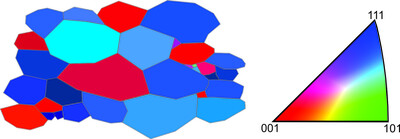
The elastic behaviour of orientation-correlated subsets of grains in textured polycrystals is analysed with respect to different modelling approaches. Novel concepts discussed here are the upper bound and lower bound formulation of the self-consistent model, the calculation of diffraction elastic constants (DECs) using discrete grain orientations based on electron backscatter diffraction (EBSD) data, the fitting of single-crystal elastic constants from measured DECs, and the calculation of overall elastic constants for multiphase aggregates in the presence of texture and non-spherical grain shapes. EBSD data allow calculations that include individual grain shapes, orientations and grains that are immediate neighbours to diffracting grains.
HETU: a new high-resolution stress and texture neutron diffractometer at China Mianyang Research Reactor
- Pages: 1674-1682
- First Published: 31 October 2023
Promoting X-ray scattering data analysis with two-dimensional correlation spectroscopy
- Pages: 1683-1691
- First Published: 31 October 2023
(U)SAXS characterization of porous microstructure of chert: insights into organic matter preservation
- Pages: 1692-1706
- First Published: 15 November 2023
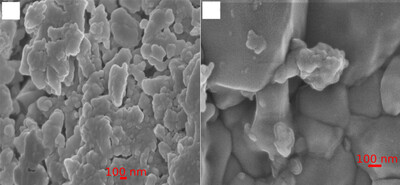
Silica-rich sedimentary rocks (chert) exhibit an evolving microstructure able to preserve organic matter mostly in mesopores during geological timescales. Under compaction, silica porous matrices experience porosity reduction, dehydration of silica and redistribution of organics inside the pore network.
Calculating the reference intensity ratio of crystalline phases with unknown atomic arrangements using the lattice parameters and chemical information
- Pages: 1707-1713
- First Published: 07 November 2023
Form factor of helical structures and twisted fibres
- Pages: 1714-1720
- First Published: 07 November 2023
Determination of crystallographic texture in polycrystalline materials from wavelength-resolved neutron transmission experiments: application to high-symmetry crystals
- Pages: 1721-1731
- First Published: 07 November 2023
A high-temperature sample changer for parallelized in situ X-ray studies to efficiently explore reaction space
- Pages: 1732-1738
- First Published: 15 November 2023
Size-refocusing fitting of small-angle X-ray scattering from polydisperse nanoparticles for shape determination
- Pages: 1739-1750
- First Published: 15 November 2023
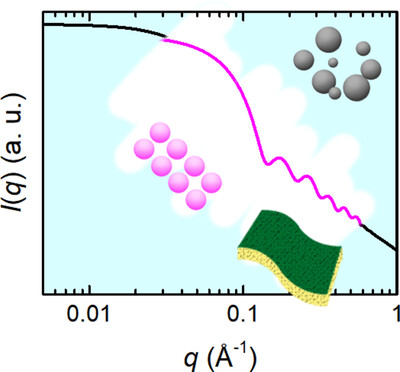
A penalized iterative regression method using a gradient descent algorithm with regularization is presented to eliminate size-distribution-induced smearing effects in small-angle X-ray scattering (SAXS) profiles, enabling retrieval of the characteristic Bessel-type SAXS oscillations (including both peaks and valleys) of representative nanoparticles of varying shape.
Verification of a method for determining the degree of crystallinity using experimental and computer-generated powder diffraction patterns
- Pages: 1751-1763
- First Published: 27 November 2023
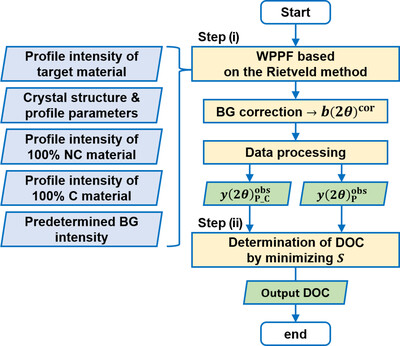
A simple and robust procedure for determining the degree of crystallinity (DOC) has been developed. Misestimation of the background level can automatically be corrected to improve the accuracy. The procedure has been tested using experimental and computer-generated intensity data, and here the routine determination of the DOC within an error of 1–2% for samples with DOC < 50% is demonstrated.
Texture measurements on quartz single crystals to validate coordinate systems for neutron time-of-flight texture analysis
- Pages: 1764-1775
- First Published: 27 November 2023
Upgrade of the small-angle neutron scattering diffractometer SANS-J at JRR-3
- Pages: 1776-1783
- First Published: 27 November 2023
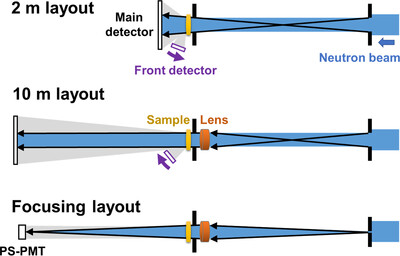
The combination of the existing position-sensitive photomultiplier and 3He main detectors with the newly installed front detectors in SANS-J at JRR-3, Tokai, Japan, allows small-angle neutron scattering signals to be covered in the range 0.002–6 nm−1 for the magnitude of the scattering vector Q without gaps using three standard device layouts. Installation of the front detector and a graphical user interface have greatly improved the usability of SANS-J.
Time-resolved high-energy X-ray diffraction studies of ultrathin Ni ferrite films on MgO(001)
- Pages: 1784-1791
- First Published: 29 November 2023

Time-resolved high-energy X-ray diffraction was used during growth of ultrathin NixFe3−xO4 films of varying Ni content (0 ≤ x ≤ 1.5) on MgO(001). For low Ni contents (x ≤ 1), the films grow initially in a rock salt phase followed by an inverse spinel structure, while overstoichiometric films (Ni contents x > 1) grow completely in a rock salt structure.
The FALCON double-detector Laue diffractometer add-on for grain mapping at POLDI
- Pages: 1792-1801
- First Published: 29 November 2023
Development of a D2O/H2O vapor generator for contrast-variation neutron scattering
- Pages: 1802-1812
- First Published: 29 November 2023
Multilevel atomic structural model for interstratified opal materials
- Pages: 1813-1823
- First Published: 01 December 2023
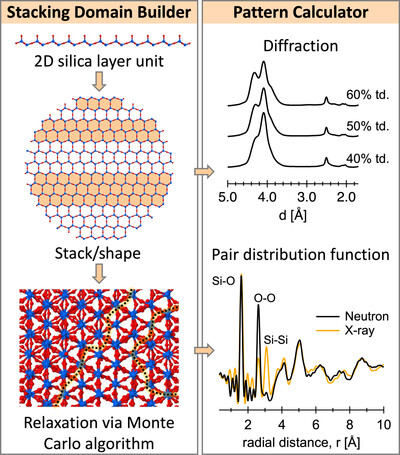
The structure of opal represents a missing link in the length scale between amorphous and crystalline states. This work revisits a long-standing debate about the intermediate-range order in natural opal (opal-CT) and presents a complete multilevel structural description for local distortions and interstratification features observed in powder diffraction and pair distribution function datasets.
teaching and education
The International Tables Symmetry Database
- Pages: 1824-1840
- First Published: 29 November 2023
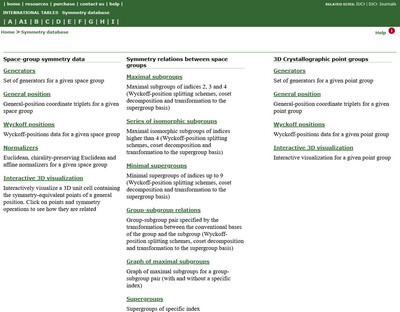
The International Tables Symmetry Database (https://symmdb.iucr.org/), part of International Tables for Crystallography, is a collection of individual databases of crystallographic space-group and point-group information. Programs are provided to access and interactively visualize the data, and also allow new data to be calculated `on the fly', facilitating the in-depth study of group–subgroup relations, domain structures and twinning, families of related crystal structures and phase transitions, and the prediction of new crystal structures.
computer programs
New features of the RootProf program for model-free analysis of unidimensional profiles
- Pages: 1841-1854
- First Published: 20 October 2023
Polynator: a tool to identify and quantitatively evaluate polyhedra and other shapes in crystal structures
- Pages: 1855-1864
- First Published: 20 October 2023
AutoEMage: automatic data transfer, preprocessing, real-time display and monitoring in cryo-EM
- Pages: 1865-1873
- First Published: 20 October 2023
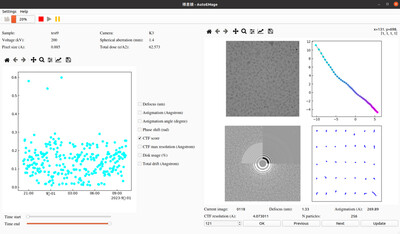
AutoEMage is a new open-source software package that automates data transfer, preprocessing, real-time display and data monitoring during cryo-electron microscopy (cryo-EM) data collection. It is equipped with an easy-to-use graphical user interface that provides seamless data screening and real-time feedback on data quality and microscope status.
UnwarpCalculator: a utility to estimate intensity distribution in reciprocal space for an arbitrary 3D set of atoms
- Pages: 1874-1878
- First Published: 07 November 2023
laboratory notes
Considerations for quantitative in situ X-ray powder diffraction studies of solid-state reactions
- Pages: 1879-1881
- First Published: 29 November 2023




